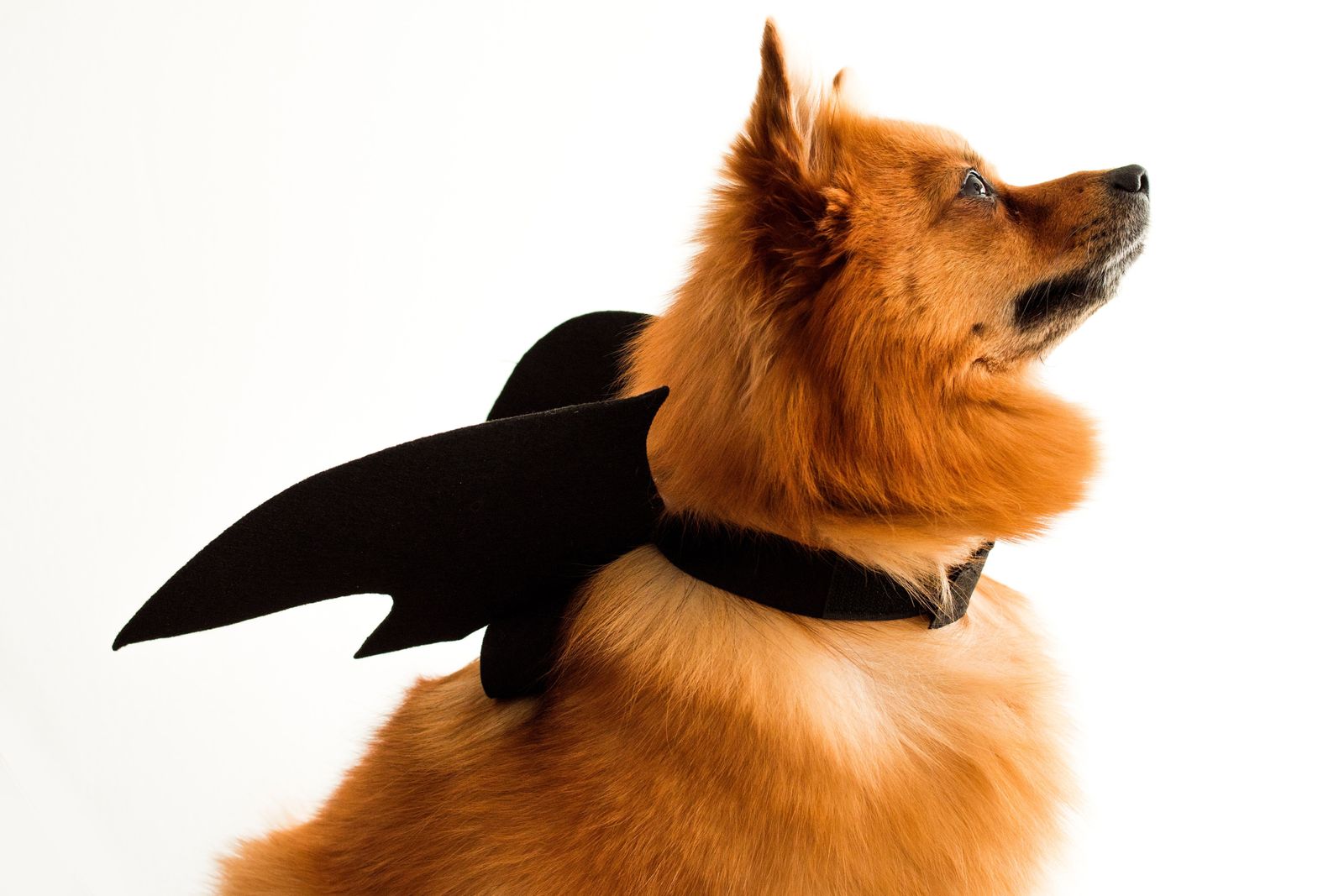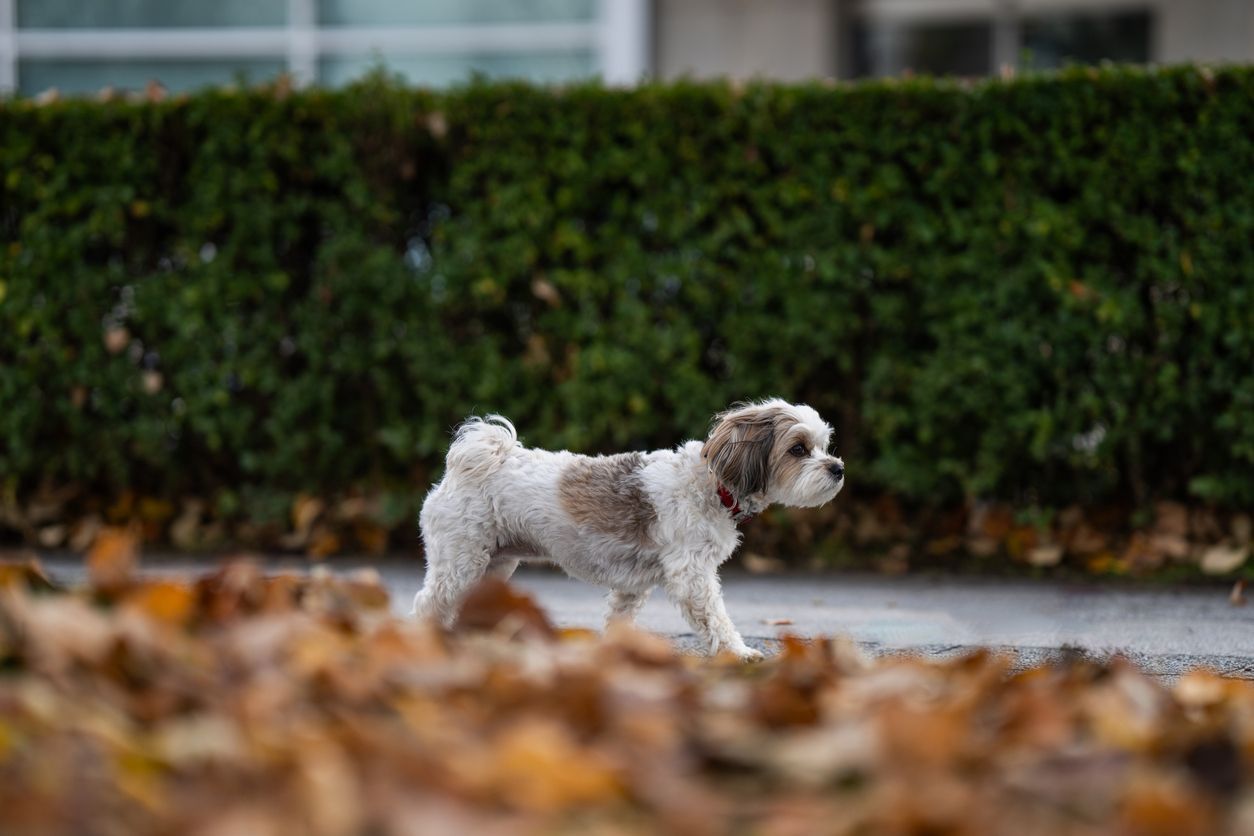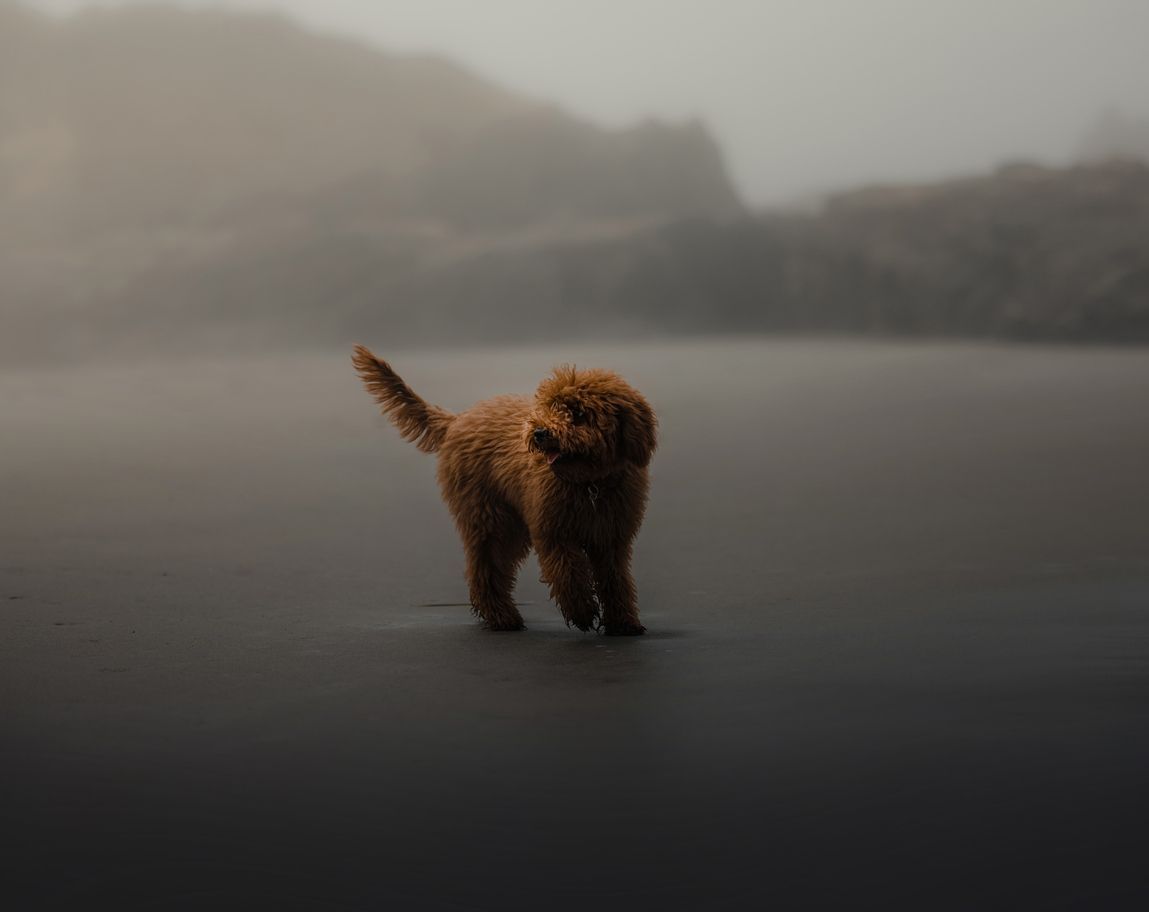Six tips for trick-or-treating with your dog

You don't need to be a human to enjoy trick-or-treating. These days, pet owners are eager to dress up their furry friends and let them parade around the neighborhood. Trick-or-treating can give your dog some much-needed social interaction with other dogs and humans and make for some great photo opportunities. Follow these six tips to get the most out of trick-or-treating with your pup.
1. Bring a flashlight and use reflective accessories
Trick-or-treating with your dog can make walking through the neighborhood more difficult than usual, and it’s up to you to keep your pooch safe while out and about. Most dogs will be fine out in the dark with a flashlight and a collar and leash that has reflective material on it. If your dog is black or dark-colored, you may consider having them wear a reflective vest. LED vests and collars are another great option. While accessories like these are always a good idea when walking in low light, they can be especially helpful while trick-or-treating to help keep your dog from getting bumped into or tripped over by crowds of children.
2. Bring your own treats
While some houses may have dog-friendly treats, many won’t. If your pup accompanies you or your human kids on a trick-or-treating excursion, they may get jealous or a little hungry. Even if you aren’t planning to go door-to-door, and just want to walk around the neighborhood, you’ll likely want to bring some yummy treats along for your dog. Keep in mind that you’ll most likely be walking at a much slower pace than you normally would while out, so you’ll want to keep your dog busy. Use small training treats or break a larger treat into pieces so you don’t overfeed your dog. If the trick-or-treating walk is long enough for you to need a bottle of water, then your dog most likely needs water too. You can give them water from your hand or bring along a lightweight collapsible bowl to drink from.
3. Test out decorative collars and leashes in advance
You don’t need to make your dog wear a heavy or brightly colored costume. There are a variety of decorative collars and leashes in many different materials you can choose from, including ones that incorporate reflective materials and even lights. Make sure the collar and leash are functional and secure, or that you use them in tandem with your dog’s regular collar and leash. When using a new collar, leash, or harness, you should give them a test run ahead of time to ensure they fit your dog properly and are functional and comfortable. This is especially important during an outing where there will likely be more kids and dogs around than usual, and your dog may become excitable. Some decorative collars can be a hazard and should only be used with supervision. These include collars that have small pieces that may be easily chewed off. These types of products are best used only during trick-or-treating and shouldn’t be worn the rest of the year.
4. Check the weather before you go
Depending on where you live, the weather may be too hot or too cold for your dog to walk a long distance. If it is too hot, your dog will be at risk for heatstroke and dehydration, especially if they are wearing a costume made of thick fabric. If the weather is too cold, your dog could develop frostbite or get hypothermia. If your dog is unaccustomed to being out in the rain, wait until the storm passes before going out with your dog. Have a backup plan for inclement weather, whether you will leave your dog behind and go trick-or-treating alone or stay home together.
5. Consider using a stroller or carrying bag
While your dog will likely be happy to walk for the duration of your trick-or-treating session, smaller dogs may enjoy being out in a pet stroller or carrying bag, especially if your neighborhood is particularly crowded. Your dog may not be used to small children and they may be frightened by costumes that they haven’t seen before. Keep in mind that your dog won’t understand what is going on and they may feel threatened or aggressive when their familiar neighborhood turns into a new environment. A stroller or carrying bag may help them to feel more comfortable, while still allowing you to show off their costume and share the experience with them. Remember to keep your dog's best interests in mind, though. If it’s not fun for them, don’t force them to participate.
6. Keep anxious or aggressive dogs at home
If your dog typically gets anxious or aggressive in new situations or around strangers, especially children, it may be best to keep them at home. A vet can recommend the best course of action for dogs with serious anxiety. Checking in with a vet if you are unsure may help you to identify health problems and provide treatment that can benefit your dog all 365 days of the year.
Is trick-or-treating right for your dog?
Follow the above tips to have a happy Halloween with your pup. While trick-or-treating can be a rewarding experience for some dogs, others may find it frightening, overwhelming, or just plain exhausting. Halloween may present unfamiliar sights, smells, and sounds that can scare or overwhelm your pup. Some dogs may like greeting trick-or-treaters as they come to your home, while others may feel territorial with unfamiliar people approaching. Take your dog’s personality and behavior into consideration to create the best trick-or-treating experience for everyone.
If you are unsure if this is the best activity for your furry friend or if their current circumstances cause you to pause, book a virtual appointment to consult a vet about the best course of action. Although some dogs love both tricks and treats, you don’t have to feel bad about leaving your dog out of trick-or-treating if it’s not right for them. Elderly pets, puppies who have not received all of their vaccinations, and other vulnerable dogs of any age, may be happier to stay home for these festivities. Your dog can still participate in the holiday by entering costume contests online, eating special treats, and learning new tricks from the safety of their home.



